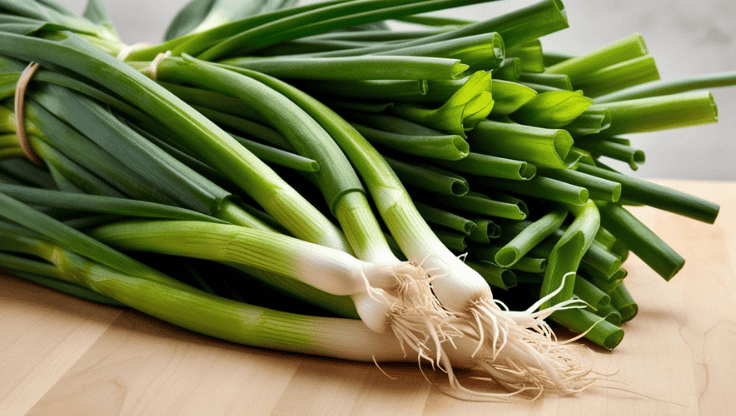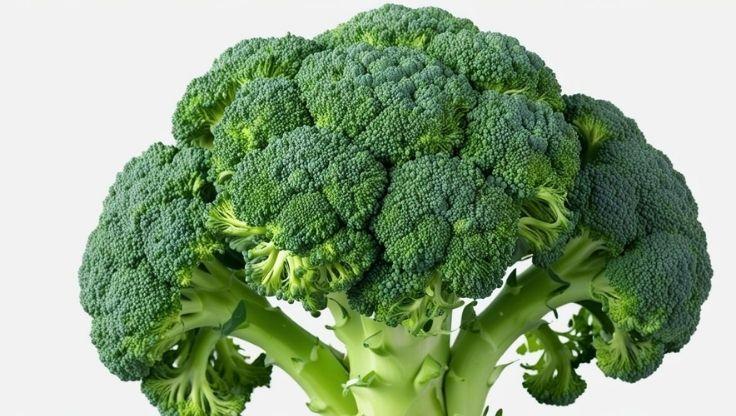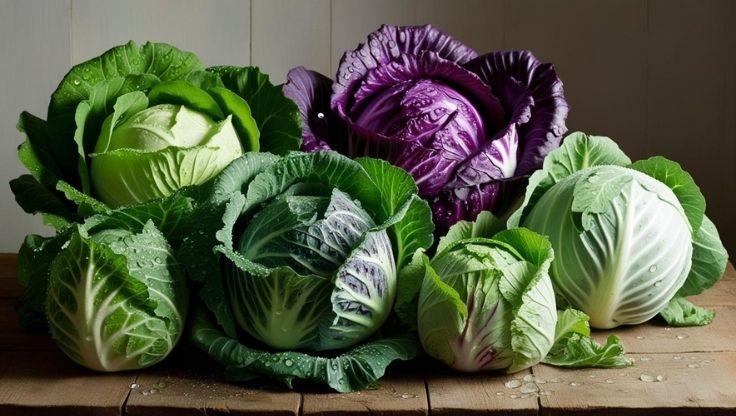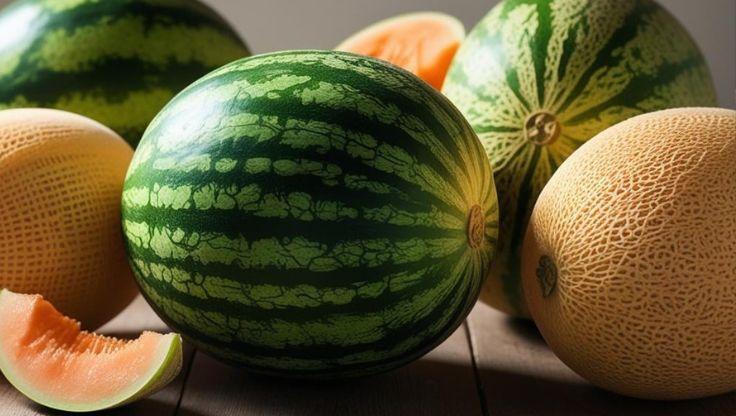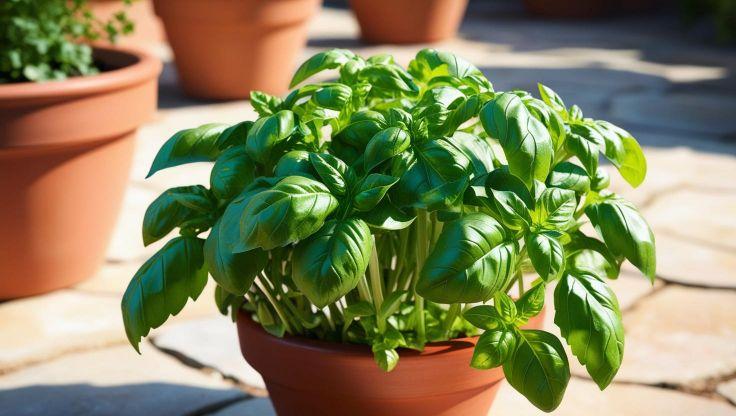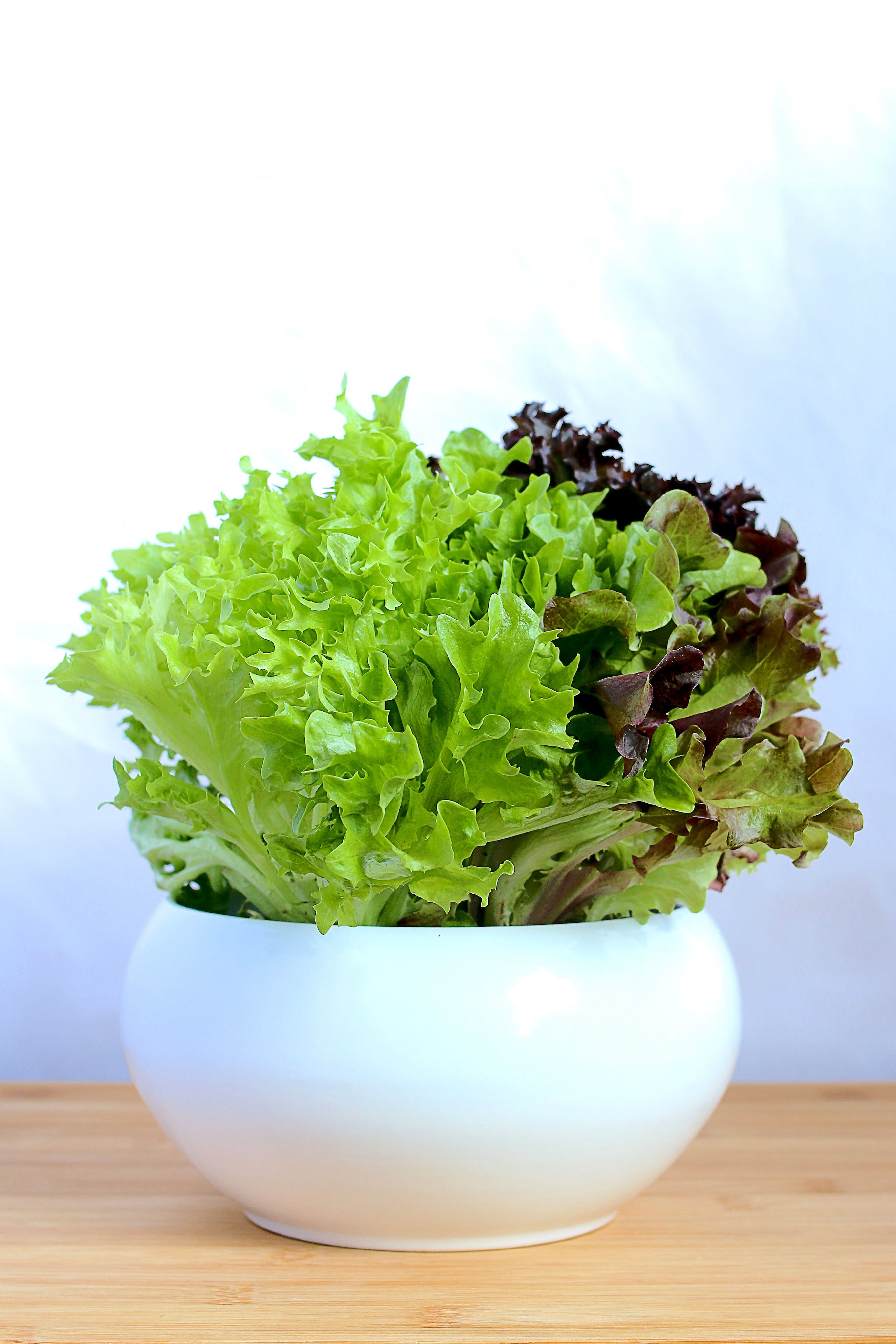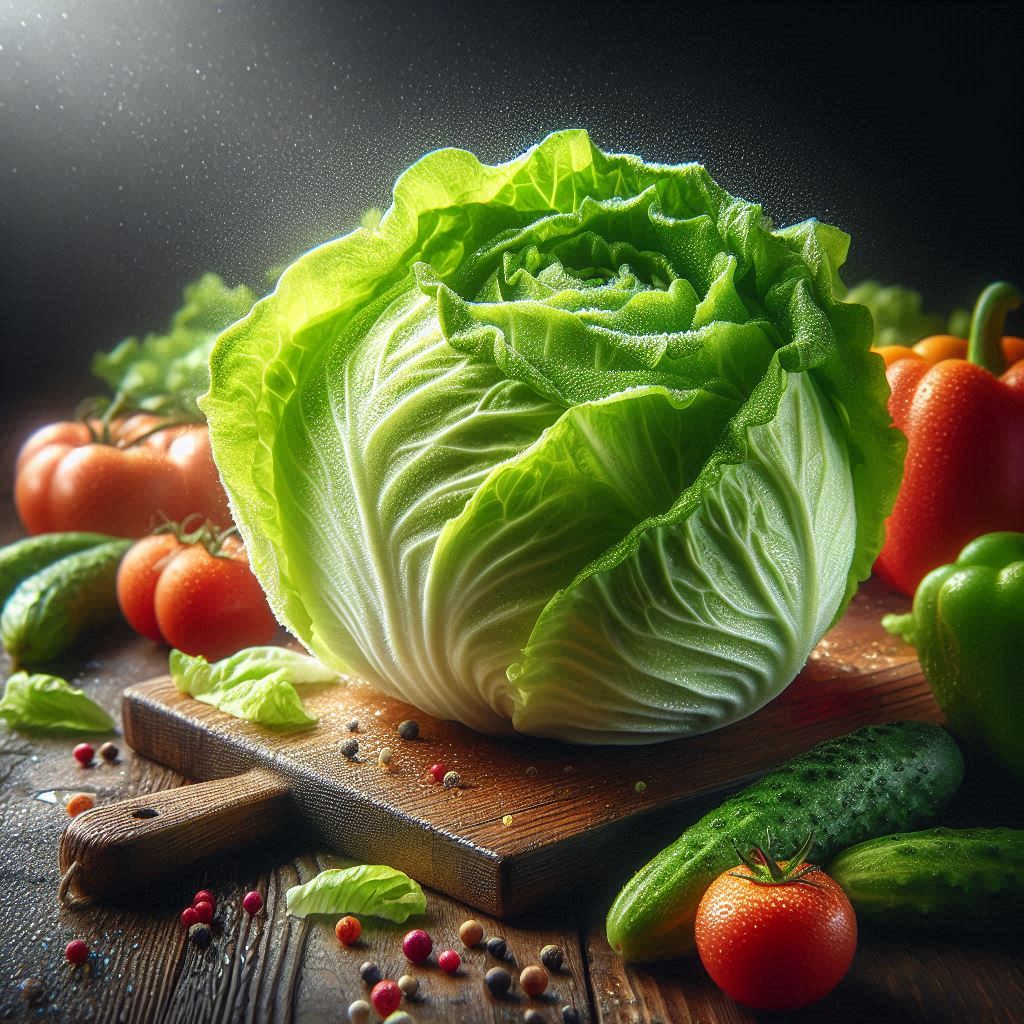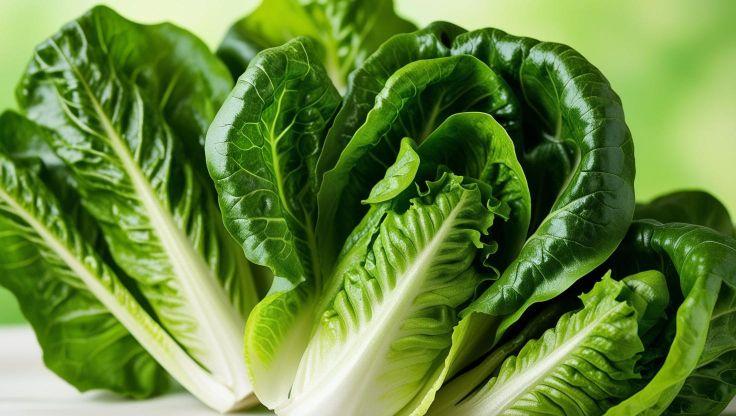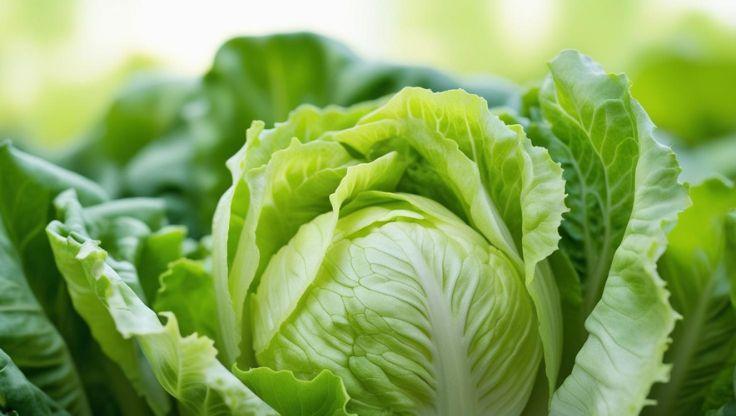Hydroponic Plants: A Guide to Growing Broccoli in a Hydroponic System
Broccoli (Brassica oleracea var. italica), a nutrient-rich vegetable, originates from the Mediterranean region. It’s widely cultivated for its edible green florets and stalks, packed with vitamins, minerals, and antioxidants. Unlike traditional soil-based farming, hydroponic plants thrive in nutrient-rich water, offering faster growth rates and increased yield. The hydroponic system eliminates soil-related issues, ensuring optimal nutrient absorption while significantly reducing water usage.

Optimized Hydroponic Growing Conditions for Broccoli
Broccoli is a nutrient-rich hydroponic plant, thriving in controlled environments where nutrient delivery, light exposure, and climate conditions are precisely managed. By maintaining optimal pH, electrical conductivity (EC), lighting, temperature, and humidity, growers can maximize yield and quality.
Ideal pH and EC Levels for Hydroponic Broccoli
Maintaining the correct pH and EC levels is essential for nutrient absorption and overall plant health. Broccoli requires a pH range of 5.5–6.5, which facilitates efficient uptake of essential minerals. The ideal EC range is 1.8–2.4 mS/cm, ensuring a balanced concentration of dissolved nutrients in the hydroponic solution. These parameters support healthy root development and vigorous leaf growth, preventing deficiencies that could hinder growth.
Light, Temperature, and Humidity Requirements
Broccoli requires 14–16 hours of light daily, preferably from full-spectrum LED grow lights, which provide consistent illumination without excessive heat. The optimal temperature range is 15–18°C during the day, with nighttime temperatures dropping to 13–15°C, ensuring steady growth while minimizing plant stress. Additionally, maintaining humidity levels between 50–70% is essential to prevent plant stress and promote healthy development. Proper air circulation and humidity control help sustain a thriving growing environment.
Optimal Hydroponic Systems for Cultivating Broccoli
Broccoli thrives as a hydroponic plant, benefiting from precisely managed conditions where nutrient absorption, oxygenation, and environmental control are maximized. Choosing the most effective hydroponic system ensures healthy development, high yields, and nutrient-rich produce.
1. Deep Water Culture (DWC)
The Deep Water Culture system fully submerges broccoli roots in a constantly replenished nutrient solution, ensuring uninterrupted access to vital minerals. An integrated air pump oxygenates the solution, supporting strong root growth and rapid development. Ideal for achieving high-yield hydroponic plants, this method is favored by both small-scale and commercial growers.
2. Nutrient Film Technique (NFT)
The Nutrient Film Technique delivers a continuous, thin flow of nutrient-rich water along the roots, optimizing absorption and aeration. This system promotes efficient nutrient uptake, prevents water stagnation, and ensures space-efficient plant arrangement, making it an excellent choice for large-scale hydroponic setups.
3. Ebb and Flow (Flood and Drain) System
The Ebb and Flow system periodically floods the root zone with nutrient-dense water before draining it, regulating moisture levels and preventing root suffocation. This controlled watering cycle enhances root health, minimizes rot risk, and supports consistent broccoli growth.
4. Aeroponics
An advanced technique, Aeroponics suspends broccoli roots in air, intermittently misting them with a nutrient solution. This method maximizes oxygen availability, accelerates growth rates, and ensures superior nutrient absorption, making it an ideal choice for high-tech hydroponic farming.
By selecting the most suitable hydroponic system and fine-tuning growth conditions, cultivators can produce nutrient-rich hydroponic broccoli efficiently while maintaining plant health. Hydroponic techniques eliminate soil-borne diseases and optimize resource efficiency, ensuring sustainable and high-quality broccoli cultivation.
Optimized Nutrient Solutions & Water Management for Hydroponic Broccoli
Broccoli is a nutrient-demanding hydroponic plant, requiring precise nutrient balance and water management to thrive in a controlled environment. Ensuring optimal nutrient delivery and maintaining water quality are essential for vigorous growth and high yields.
Essential Macronutrients for Hydroponic Broccoli
A well-balanced nutrient solution rich in nitrogen (N), phosphorus (P), and potassium (K) is crucial for robust leaf and bud development. The recommended ratio for hydroponic broccoli varies by growth phase:
- Seedling Stage: Higher nitrogen content (N-P-K 10-5-10) to support early leaf formation.
- Vegetative Growth: Balanced nutrients (N-P-K 8-4-12) to enhance foliage density.
- Pre-Harvest Phase: Increased potassium levels (N-P-K 6-3-15) to improve bud formation and overall plant resilience.
Additionally, secondary nutrients such as calcium (Ca) and magnesium (Mg) aid in leaf formation and strengthen plant structure, preventing deficiencies that could hinder growth.
Water Management Strategies for Hydroponic Plants
Water quality plays a vital role in hydroponic broccoli cultivation. Maintaining consistent moisture levels prevents stress and promotes steady growth. Hydroponic systems such as Nutrient Film Technique (NFT) or Deep Water Culture (DWC) provide efficient nutrient delivery while preventing water stagnation.
To optimize water management:
- Monitor EC levels (1.8–2.5 mS/cm) regularly to prevent nutrient imbalances.
- Ensure adequate oxygenation using air pumps or aeration stones.
- Replace nutrient solutions periodically to maintain freshness and prevent buildup of unwanted compounds.
By optimizing these factors, growers can cultivate high-quality hydroponic plants, specifically broccoli, with enhanced flavor and texture. Hydroponic systems offer a controlled environment, reducing the risk of soil-borne diseases and improving overall efficiency in broccoli production.
Optimized Seed-to-Harvest Process for Hydroponic Broccoli
Broccoli is a resilient hydroponic plant, thriving in a controlled environment where precise nutrient delivery, oxygenation, and climate management enable accelerated growth and high-quality yields. Understanding the complete growth cycle—from germination to harvest—is crucial for maximizing productivity.
Germination and Early Growth
Broccoli seeds require 2–3 seeds per hole to encourage successful germination, ensuring strong, uniform growth. The germination process typically occurs within 5–10 days, provided the seeds are placed in a seedling tray with a suitable growing medium such as rockwool or coco coir. These substrates retain moisture efficiently while promoting healthy root development through proper aeration. Maintaining a consistent temperature of 18–22°C (64–72°F) helps accelerate sprouting and strengthens seedling vigor, preparing plants for robust hydroponic growth.
Seedling Development and Transplanting
After 2–3 weeks, broccoli seedlings establish a strong root system and are ready for transplantation into a hydroponic system. At this stage, ensuring proper light exposure (12–16 hours daily) and maintaining an optimal pH range of 5.5–6.5 fosters steady development. Hydroponic techniques such as Nutrient Film Technique (NFT) and Deep Water Culture (DWC) ensure efficient nutrient absorption, supporting rapid leaf expansion and robust root formation.
Maturity and Harvesting
Broccoli reaches maturity 50–75 days post-germination, making it one of the fastest-growing hydroponic plants. Hydroponic cultivation enhances productivity by ensuring consistent nutrient availability, resulting in superior leaf quality and improved flavor. Harvesting is typically performed using a cut-and-come-again method, allowing growers to obtain multiple yields from the same crop.
Recommended Broccoli Varieties for Hydroponic Cultivation
Several broccoli varieties adapt well to hydroponic plants, providing stable yields and high nutritional value:
- Green Magic – Known for its uniform growth and exceptional adaptability to hydroponic systems.
- Waltham 29 – Characterized by compact growth and tender florets, ideal for salads and stir-fries.
- Marathon – A robust variety with a mild flavor, suitable for year-round hydroponic farming.
By selecting the most appropriate broccoli variety and optimizing cultivation conditions, growers can produce high-quality hydroponic broccoli with enhanced taste and texture. Hydroponic systems provide a controlled environment, mitigating the risk of soil-borne diseases while increasing efficiency in broccoli production
Uses and Benefits of Hydroponic Broccoli
Culinary Applications
Broccoli is a staple vegetable in diverse cuisines, valued for its crisp texture and mild, earthy flavor. It is commonly used in stir-fries, soups, salads, and roasted dishes, adding both nutrition and depth to meals. Additionally, broccoli can be blended into smoothies, enhancing their nutrient profile with fiber, vitamins, and antioxidants. Hydroponic cultivation ensures a consistent supply of fresh broccoli, making it readily available for culinary use year-round.
Health Benefits
Broccoli is packed with essential nutrients, including fiber, vitamins C and K, folate, and powerful antioxidants, which support immune health, digestion, and inflammation reduction. Its high levels of sulforaphane, a natural compound found in cruciferous vegetables, may contribute to cancer prevention and cardiovascular health. Additionally, its fiber content aids in gut health, promoting better digestion and nutrient absorption. Hydroponic cultivation enhances nutrient density by providing optimal growing conditions, ensuring that broccoli retains its health benefits.
Sustainability Advantages of Hydroponic Broccoli
Hydroponic cultivation of broccoli significantly reduces water consumption, using up to 90% less water compared to traditional soil farming. This method also minimizes pesticide use, creating a cleaner and more sustainable food source. Additionally, hydroponic systems allow for year-round cultivation, ensuring consistent supply regardless of seasonal changes. By eliminating soil dependency, hydroponic farming prevents soil degradation and reduces the environmental impact of large-scale agriculture. The controlled environment of hydroponic systems also improves yield efficiency, making broccoli a cost-effective and sustainable crop choice.
Research for expert insights
Get access to expert analysis and essential information with these well-researched articles.
|
Institution |
Article Title |
Article Link |
|---|---|---|
|
University of Baghdad |
Response of Yield and Quality of Broccoli to Type of Nutrient Solution Under Hydroponic System |
|
|
Journal of Bangladesh Agricultural University |
Production Potential of Broccoli in Hydroponics and Tilapia-Based Aquaponics |
|
|
CEBAS-CSIC |
Basis for the New Challenges of Growing Broccoli for Health in Hydroponics |
Their comprehensive study delivers deep insights, making them a valuable resource for readers seeking greater understanding.


